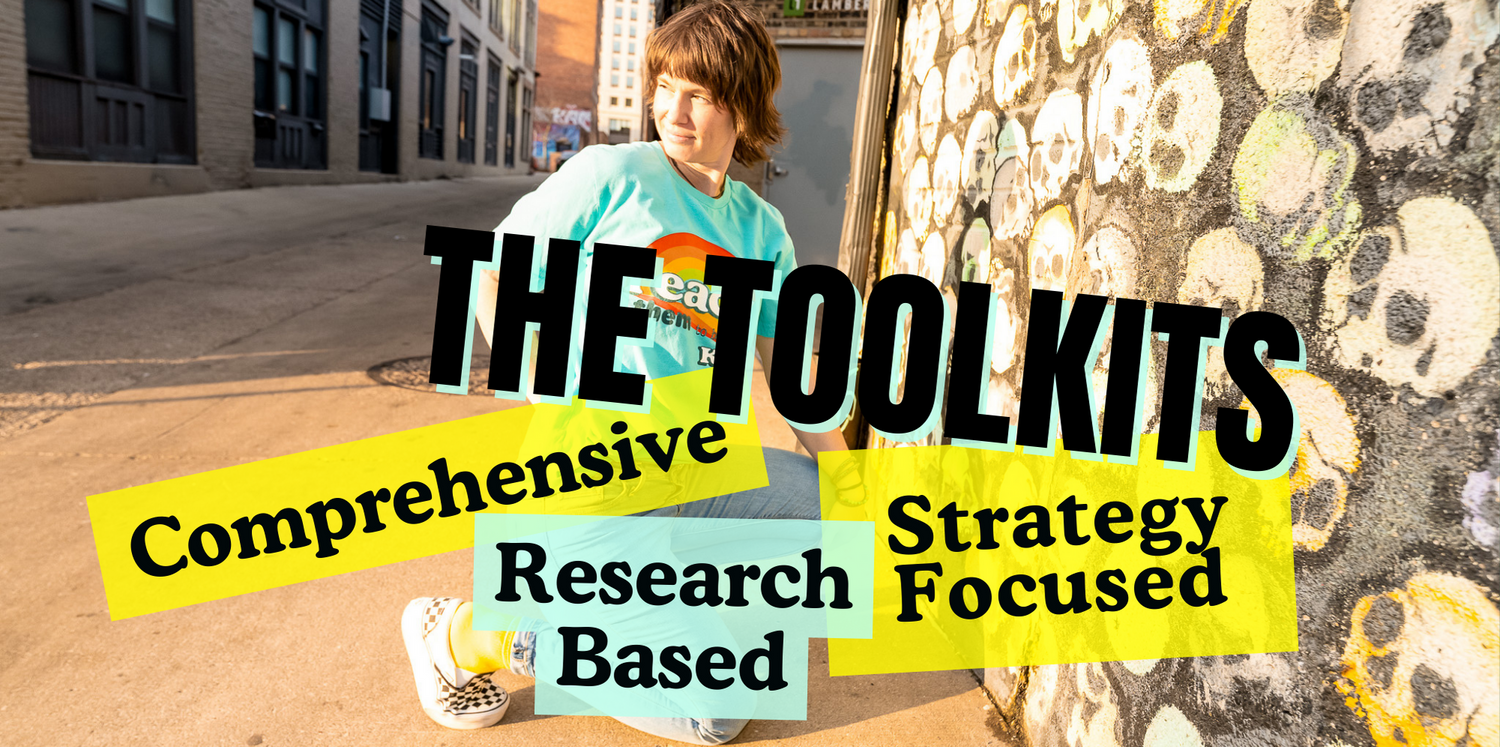
5 Regulation Strategies for Your Classroom
Share
As teachers, one of our biggest challenges is helping students stay regulated and engaged. Over the years, I’ve developed five core strategies that have been game-changers in my classroom. These methods are adaptable, so feel free to tweak them to fit your students' needs.
Each one is designed with a focus on meeting five essential needs: safety, comfort, autonomy, belonging, and competency.
For more in-depth strategies, check out the Neurodivergent and ADHD Bundle [HERE]. It’s packed with over 200 tools that help you meet student NEEDS and prevent behavior issues in as little as two weeks!
Start with a Soft Start
The first 5-7 minutes of class are crucial for helping students transition into the learning environment. I call this the "Soft Start." During this time, students ease into the day’s activities, getting comfortable with the classroom expectations.
In the first week of school, I teach students about the stress response and creative thinking, emphasizing how a Soft Start can positively impact their brain. We then co-create our Soft Start routine—students decide the voice level, activities, and work style that work best for them.
I revisit and tweak this routine with the class during the third and fifth weeks of school to ensure it’s still effective.
Use Music for Regulation
Music is a powerful tool for regulation. It can calm the nervous system and refocus the mind in just a few minutes. In my classroom, students grab an iPad and headphones to listen to music while they work. Here’s how it works:
- iPads stay upright so I can see the screen as I move around the room.
- One ear must be uncovered, and volume stays under 60%.
- When I call for attention, students remove their headphones, shut off the iPads, and set them aside.
The choice of music and a routine helps students stay focused and regulated throughout the day.
Break Time Strategies
At the beginning of the year, we talk about the importance of taking breaks and how it helps the brain reset. We discuss various strategies for calming down, both in and out of the classroom.
Together, we create a list of break options, including taking a walk, using co-designed break areas, getting a drink of water, or simply putting their head down.
This list empowers students to manage their own regulation and take breaks as soon as they notice they need it.
Practice Co-Regulation
When a student is escalating, and I have a solid relationship with them, I use co-regulation techniques. I invite them to step out into the hallway where I make myself smaller—sitting on the floor, kneeling, or crouching. I let the student take the lead, and if they don’t start talking, I gently ask if they’d like to take a break or discuss what’s going on.
I listen actively, validate their feelings, and summarize the situation in their words. After that, I give them options—stay in the hallway until they’re ready, take another break, or return to the classroom.
This approach helps de-escalate situations and supports the student in regaining control.
Focus on Meeting Needs
Every decision I make in my classroom centers on five key needs: safety, comfort, autonomy, belonging, and competency. I ensure my instruction and environment are accessible to all students, regardless of ability, using Universal Strategies. Classroom decisions are made collaboratively, with input and votes from the students.
We also engage in peer relationship-building activities every week and emphasize emotional and physical safety. Bullying is addressed immediately and compassionately, and safety expectations are reviewed daily. One of our classroom mantras is:
I say the statement, and the students finish in unison:
“If you need help grab a—number. Pay attention to the—timer. Use walking—feet. Carry sharps blade—down. Keep hot glue on—cardboard. Stay in your—area.”
These methods are rooted in Maslow’s Hierarchy of Needs and Ryan and Deci’s Psychological Needs theories. By focusing on what drives behavior—needs, motivation, and emotions—we can prevent many behavior issues in the classroom.
If you’re ready to meet needs and prevent behavior issues this school year, grab the **Neurodivergent and ADHD Bundle** today! It’s filled with strategies that work and comes with plenty of bonuses to help you get started. Get the Bundle HERE
Stay connected! Follow @teaching_to_a_riot on Instagram and subscribe to Teaching to a Riot on YouTube for more tips and strategies.







